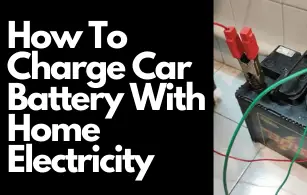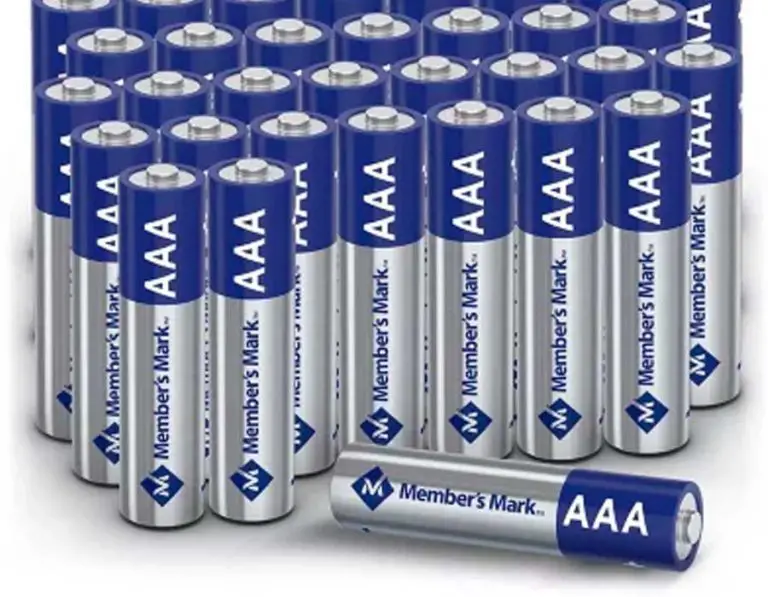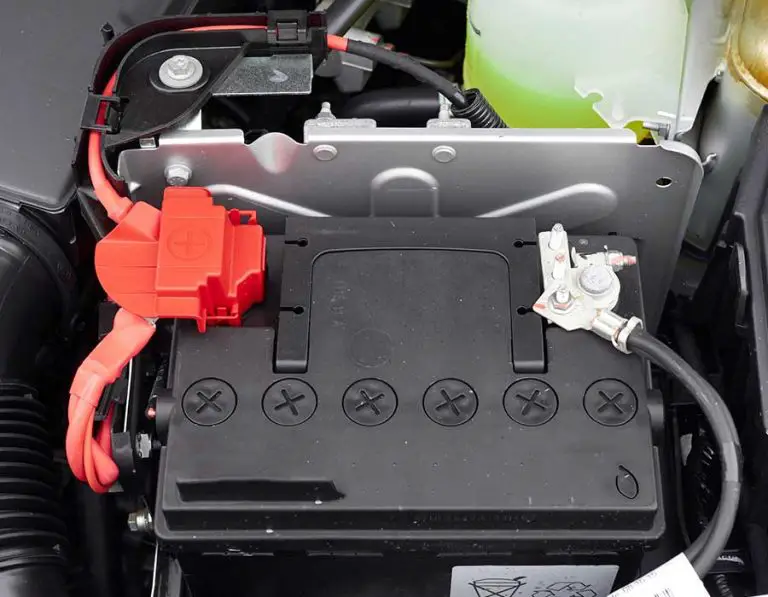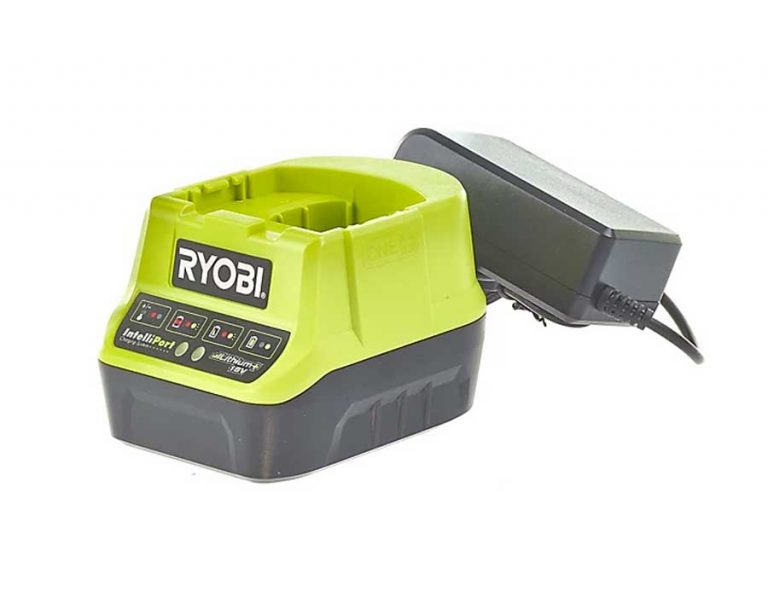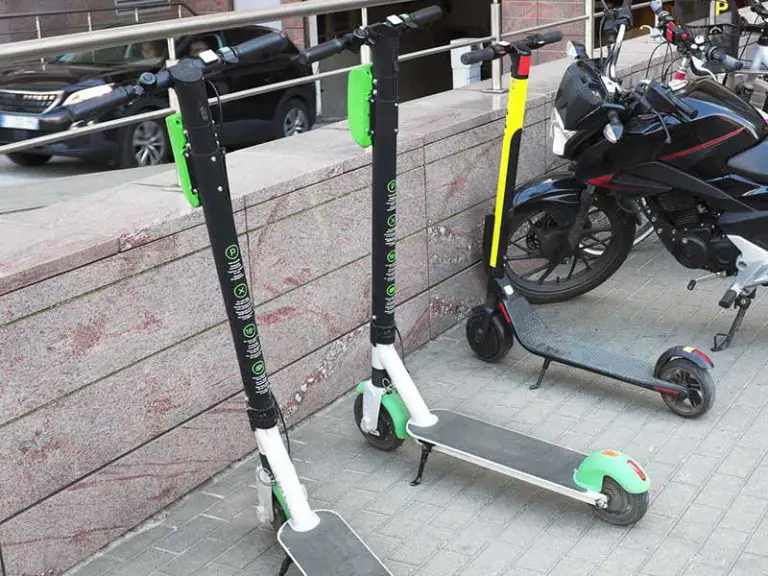How to Charge an AGM Battery: Step by Step Guide
AGM batteries use a different technology than the flooded ones, making them suitable for a wide range of products like cars, electronic devices, and UPS backup power. Correctly charging your AGM battery is one of the ways to ensure the battery’s long life. Many batteries have failed due to improper charging. Charging your AGM battery the wrong way can result in aging, overheating, and not being able to hold a charge. There are several factors involved in properly charging your battery like the charger, timing, etc. read on to find out the appropriate way to charge your AGM battery to ensure its long service life.
What is an AGM Battery?
AGM stands for Absorbent glass mat. AGM batteries are lead-acid batteries, but the electrolyte is soaked in absorbent ultra-thin fiberglass mat fused between the lead-acid plates. The fiberglass mat helps prevent spillage from the battery and increases the surface area, so the battery produces more power. Most AGM batteries are rated over three discharge capacity times C10, C20, and C100, and this specifies the power available in the battery over 10 hours, 20 hours, and 100hours. AGM batteries are designed for multi-application use and can be used for a long time if maintained properly.
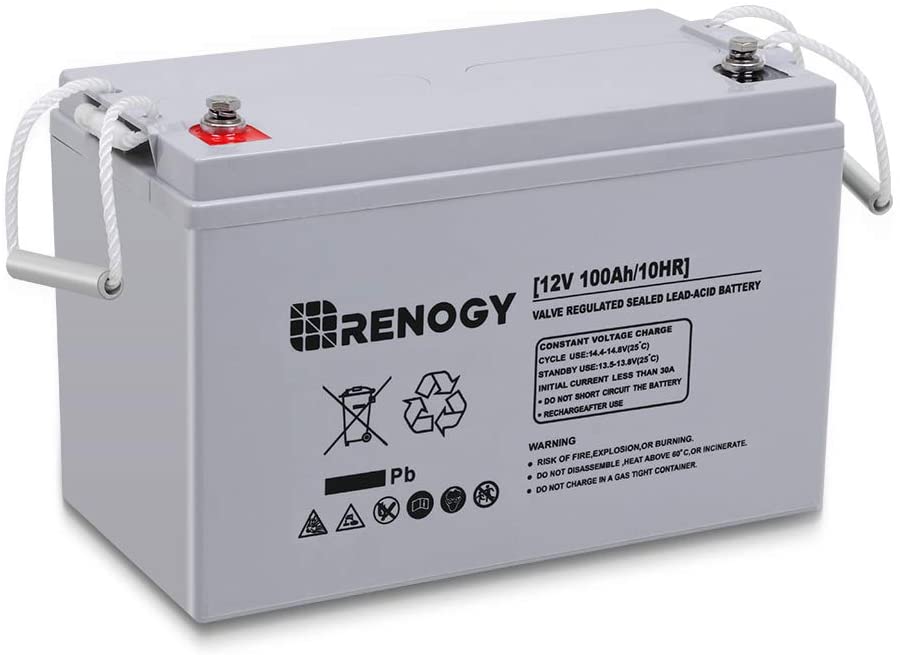
Types of AGM batteries
AGM battery comes in different types based on what they are made of and the number of cycles. Here are the types of AGM batteries available:
- AGM type 1: These batteries can be found in various applications, including current stop-start cars and deep cycle applications. It’s ideal for starting engines and off-grid use with a normal cycle life of roughly 300–350 cycles. It’s important to note that ‘life cycles’ don’t suggest the battery will die and need to be replaced; rather, it refers to its maximum power. The size of AGM 1 batteries is limited, although they are popular in Campervans, Caravans, and Motorhomes because of the low height mounting requirements. A good example of an AGM 1 battery is the Expedition 105AH Platinum AGM.
- AGM type 2: They are the more cyclic type, with a maximum cycle life of 500 to 700 cycles. They’re usually recommended for long-term off-grid use because they have a better cyclic ability to discharge and recharge. They’re also less susceptible to sulfation and charge far faster than ordinary batteries – assuming you charge them appropriately. The Expedition 130AH Plus AGM is a good example of an AGM 2 battery.
- Lead Carbon AGM is created by combining carbon graphene with a standard AGM Type 2 battery. It improves charging times even more, with a typical cycle life of 1200–2000 cycles depending on the model. Lead Carbon AGMs are becoming increasingly common, and they are frequently the final step in the AGM production before moving on to Lithium-based alternatives. One example of a Lead Carbon AGM battery is the Leoch 115AH Carbon.
Methods used to charge your AGM battery.
There are different ways you can charge your AGM battery under the right conditions and still have a long service life. You can easily charge your AGM battery with these methods:
- Smart charger: The three major functions of a deep cycle battery charger are charging the battery, optimizing the charging rate, and ceasing when the battery is fully charged. Smart chargers function with most battery types and detect the type of battery and charge required based on the battery’s voltage. To Charge your AGM battery, use a smart charger with reverse pulse technology, which can help lower battery temperatures while charging.
- Alternator charging/ Split charging: Most alternators, in general, function well with both lead-acid and AGM batteries. However, because they will rarely fully charge a Deep Cycle battery, it is better to use a battery charger to charge the battery and minimize sulphation-related battery life reduction fully. It’s also worth noting that cable/wiring runs and Dual Battery systems might limit alternator output voltages, so test the actual voltage received at the battery’s terminals to ensure it’s enough to charge the battery properly.
- Solar charging: Using solar panels can allow you to power your deep cycle batteries with free solar energy even when you are not connected to the mains power. After being positioned in the sun, solar panels must be connected to a solar regulator, also known as a charge controller. If left unregulated, 12-volt solar panels can create fluctuating energy that might affect a battery, but the solar charge controller regulates this voltage safely. When the battery reaches full capacity, most solar regulators switch to float charge mode, which prevents the danger of overcharging.
How to effectively charge your AGM battery
You can effectively charge your AGM battery by adhering to the following procedure:
- Use the recommended charger: The proper way to charge an AGM battery is to use a charger made specifically for it. When charging AGM batteries, keep in mind that they should not be charged above 14.8 volts in most scenarios. The battery’s manufacturer will likely provide a specification and guide sheet that specify some precise rules and instructions. AGM charging-capable chargers are marked to provide optimal performance and prevent the battery from overcharging, undercharging, and cell balancing.
- Understand the charging procedure of AGM batteries: AGM batteries are lead-acid batteries that require certain charging procedure that is different from other batteries, such as lithium-Ion batteries. While lithium batteries can be partially charged without harming the battery, the same cannot be stated with AGM batteries. When charging an AGM deep cycle battery, you must fully charge the battery. Slightly overcharging the batteries is recommended to give them a boost. However, if you have a smart charger, it automatically tops off the charge for you.
- Pay attention to the temperature: The charging temperature range of AGM batteries is restricted. All lead-acid batteries, including AGMs, have a temperature limit of 40 degrees Celsius or 104 degrees Fahrenheit. Also, the charging of AGM batteries is affected by cold temperatures. Suppose the temperature is below 0 degrees Celsius (32 degrees Fahrenheit); you should not charge your batteries—only charge when temperatures are within acceptable ranges to ensure long service life.
- The battery may warm-up: AGM battery cells may become heated during charging. It is very typical, and it’s nothing to be concerned about; you can use the battery while still warm. If a battery gets too hot when charging, you can disconnect it and wait for it to cool down. Learning how to charge an AGM battery correctly will help you keep your device in good condition, saving you money and time.
Maintaining your AGM battery.
AGM batteries are made to last for a long time. In comparison to flooded batteries, AGM batteries are maintenance-free. However, knowing how to store, charge, apply the manufacturer’s suggested chargers, and avoid sulfation is critical to extending the battery’s lifetime and efficiency. Here are ways to charge and maintain your AGM battery to get the most out of it.
- Storing AGM battery: Always ensure to recharge your AGM battery when storing it for prolonged periods. Ensure your battery is kept in a cool, dry location with plenty of ventilation. Sulfation will occur if your battery is left discharged for a long time.
- Preventing sulfation: Lead sulfate is formed when sulfuric acid in lead-acid batteries reacts, mainly on the negative plate, resulting in sulfation. The battery’s capability to keep a charge is affected by sulfation. Sulfation can be avoided if you keep your AGM battery charged during and before storage. If your AGM battery becomes sulfated, use a desulfation charge to correct it. To limit the effect of sulfation, utilize the AGM battery’s prescribed charger.
- Avoid Overcharging: Adequate charging is required to keep your AGM battery in good working order. Overcharging might destroy the internal mechanisms of your AGM battery. Similarly, undercharging might affect the longevity of an AGM battery. Determine the right voltage as specified in the manufacturer’s instructions to charge your AGM battery effectively.
Conclusion
AGM batteries can be used for their various applications usage such as UPS backup, powering cars, and storing energy for later use. AGM stands for Absorbent glass mat, making the battery maintenance-free, spillproof, and increasing power. There are different types of AGM batteries and how they can be charged. Knowing how to charge your AGM battery correctly can give it an extended lifespan. Following the charging procedure provided in the manufacturer’s manual can save money and give you a long-lasting battery.

